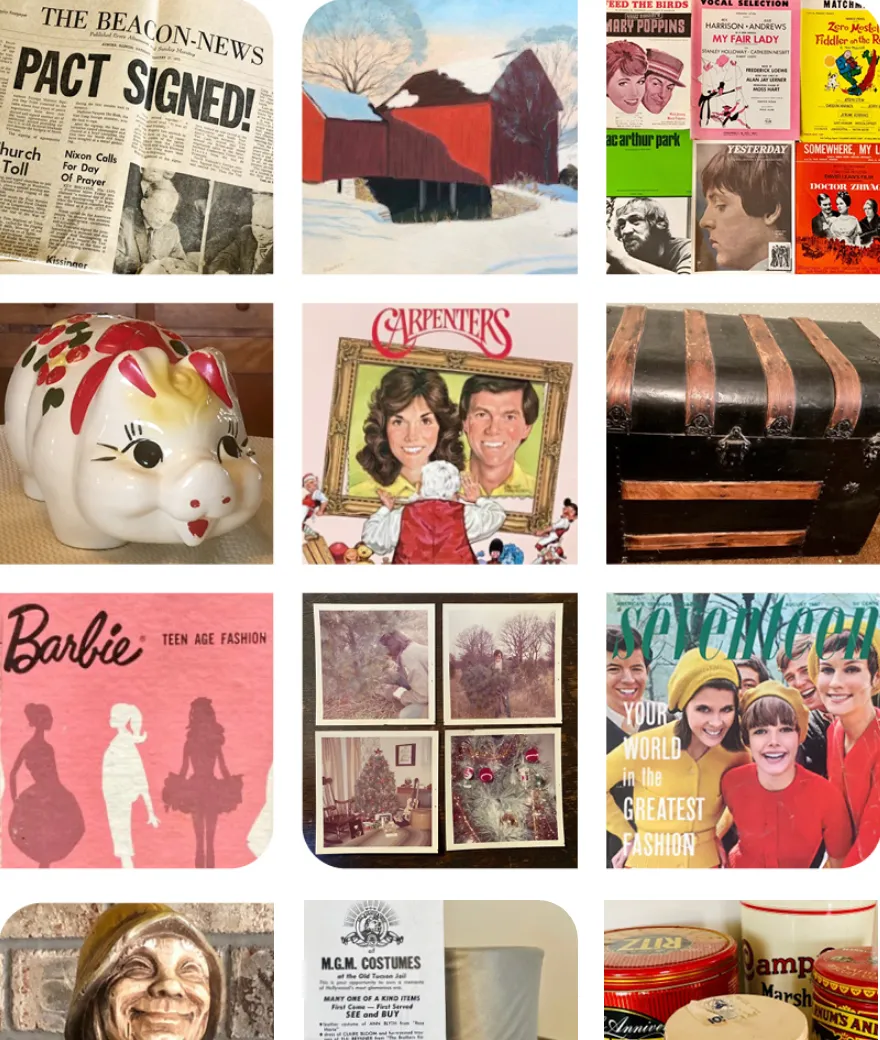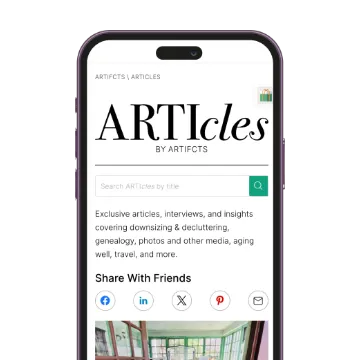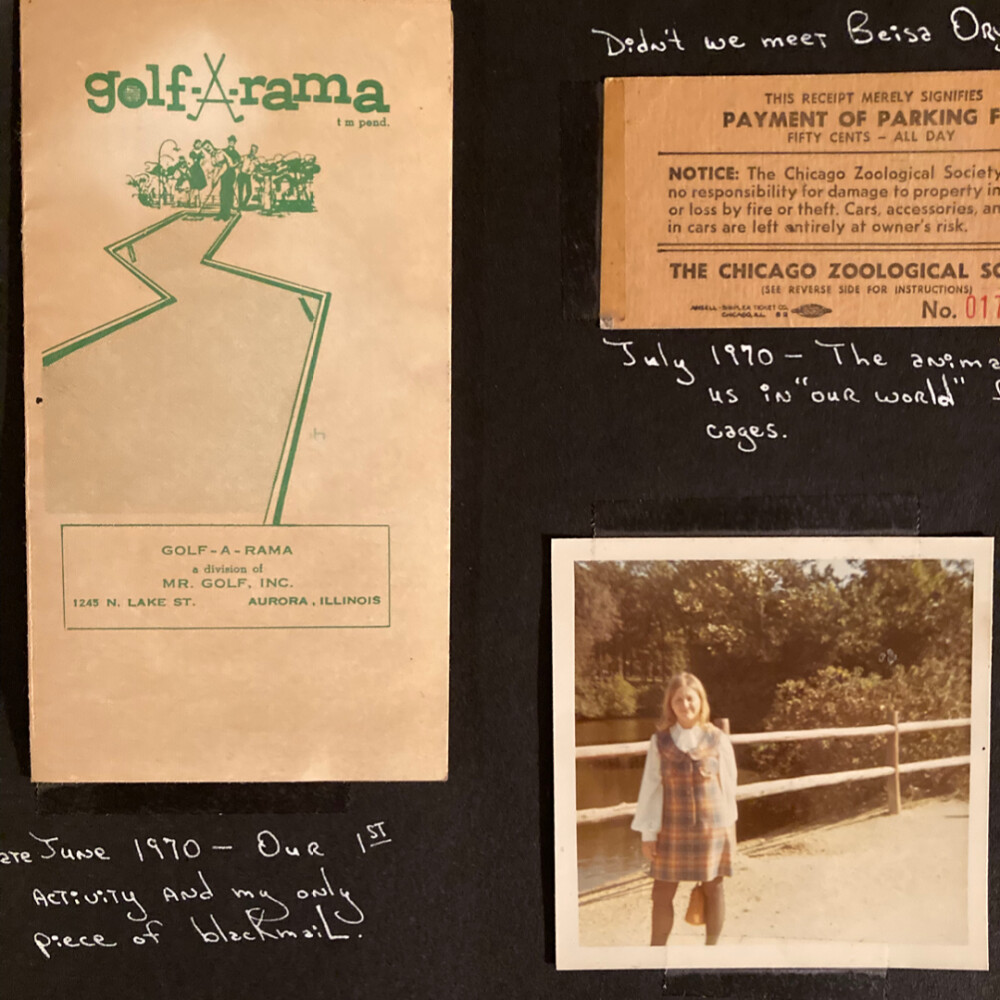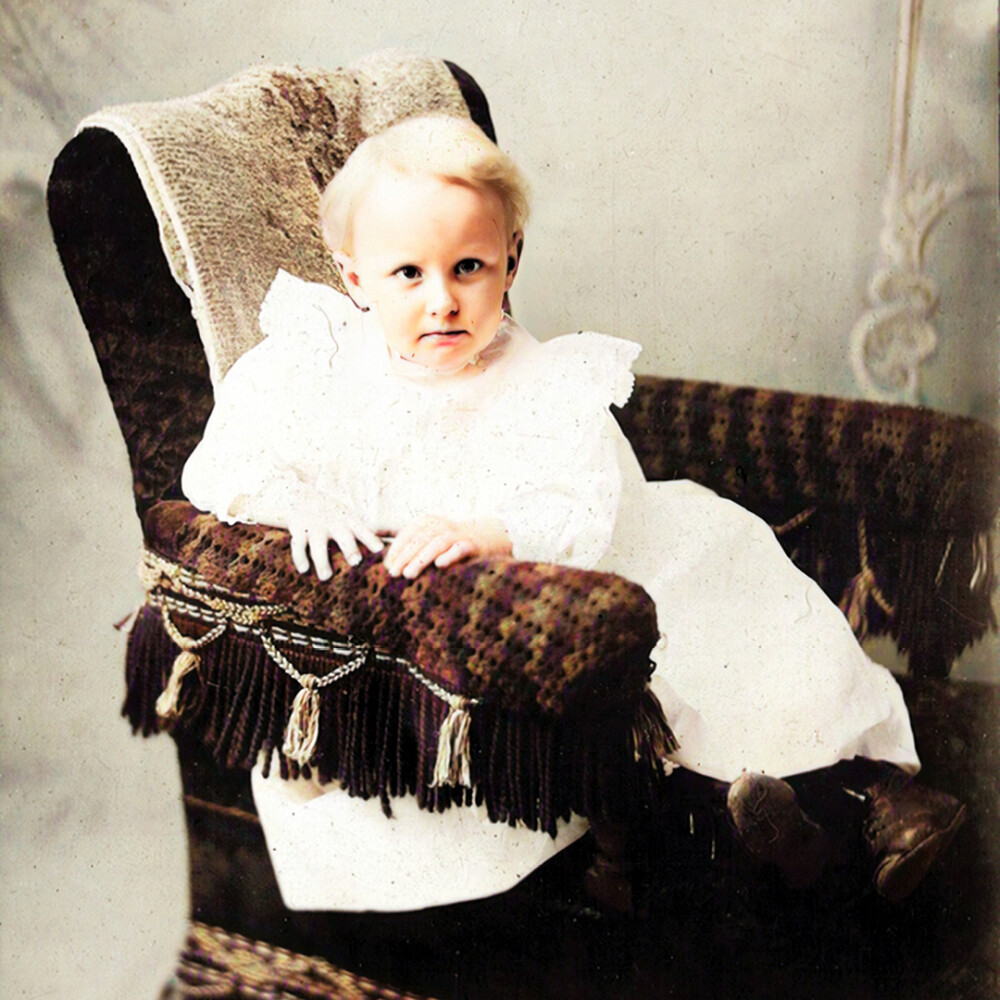Reading Time: 5 minutes
Scrapbooking is more than a hobby. It’s a time-consuming, big-hearted passion and nearly infinite outlet for creativity. These works of art visualize people’s stories.
The thing is, scrapbooks, just like photo albums, also take up space and collect dust. They feature people no longer in our lives. They can raise more questions than answers with the items they feature. And then, the physical reality – they fall apart. Read on for more on scrapbooking dilemmas and possible solutions.
Scrapbooking Dilemmas
They decay. The glue and tape decay and quite often that very same glue and tape damages permanently whatever it was holding in place. And then these damaged items slip out of place, and you may never again be very sure what went where, particularly if it’s not your scrapbook to begin with.
They are singular, unique. That means whether moving boxes get lost, your home has a fire or flood, or you simply lose track of them, they are easy to lose and irreplaceable. You can’t exactly go online and order another copy! (By the way, that can hold true for photobooks you create, too! Co-founder Ellen Goodwin was frustrated to discover she couldn’t reorder hers from a particular popular online photobook site because the specific formats are no longer supported. So sad.)
They are singular, unique. (Yes, we repeated that on purpose!) You can’t share a scrapbook. One person is the keeper. Who’s it going to be? You could offer visitation rights, we suppose. Or take turns? Just keep in mind that it is not the ownership of the physical scrapbook that matters but the connection it offers to the memories captured within.
They tend to be highly visual, with little story. Scrapbooks are often designed to have the stories told/shared by the person who created it as you page through it together. At best you typically get a description of only a line or two. The rest is just a visual walk through some aspect of a person’s life. So then if you inherit a scrapbook, so much history is truly lost. You are left to guess. The photos and items within cannot talk.
They are usually 2D. You don’t have audio or video options, unless you include a thumb drive, or similar, to support it.
How Can You Preserve Scrapbooks?
We went to four sources for advice on what to do with scrapbooks that are falling apart and/or have run their useful purpose: A parent of young children, a 70-year-old woman who is downsizing, a professional archivist, and the National Archives. We hope their tips will help you.
THE PARENT.
I can’t help you! I gave up on scrapbooks after my first kid. It’s just too much guilt.
I keep some mementos in a fire-safe box for each kid, and the rest is in digital photo storage and the occasional photobook for holidays.
And, in full disclosure, I know one of the founders of Artifcts, so I adopted it early on. Artifcts is my go-to source for almost everything now, even the stuff that goes into the memento box I Artifct first. It’s too easy to forget what is what and which of my kids even made it. I write in pencil on the back of some things, but not everything. Artifcts is more reliable and fun, and they can take the Artifcts I create for them to college without embarrassment.
THE DOWNSIZERS.
“Scrapbooks were more time consuming than figuring out what to do with the entirety of my sewing room!” she told us. Here’s the downsizer’s version of events:
First, I had to find them. I knew I had two somewhere.
Then, I asked my two kids if either of them wanted the scrapbooks. That was like opening Pandora’s Box! I had never actually talked them through the scrapbooks, and they wanted to know more about what was in each. I had the mini-golf tally card from our first date. I even had music albums glued in. I couldn't tackle that time commitment right then because my kids do not even live near me.
I took the albums to a local camera store that has a special scanner and they digitized each page and gave it to me as a collection of photos on a thumb drive and they sent me a second version I could download from the cloud.
I decided to keep the scrapbooks for now. I want to record more of the stories that are in the pictures. I will give them to my eldest daughter when I’m done because she’s more curious about the family history and her daughter liked to page through them when I briefly kept them on my coffee table. Tell people: Do NOT keep them on the coffee table. It was a mistake. They are a mess!
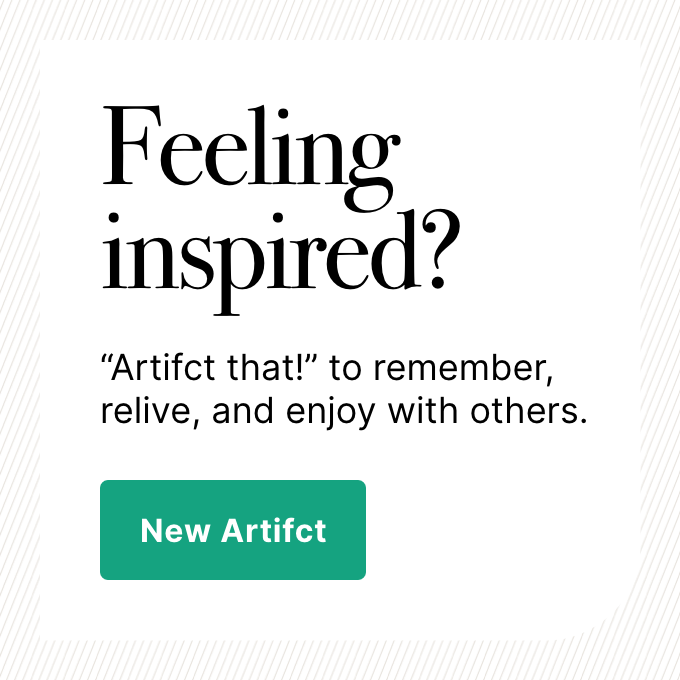
A PROFESSIONAL ARCHIVIST.
Monocurate’s motto is “archives for all” and that’s how they work one-on-one with their clients. Professionals can help stabilize your scrapbooks so you can keep them for longer to share with the next generation. Guidelines from an archivist:
-
- Digitize them as-is.
- Carefully remove important items. Don't force it! Did you know … Sometimes people would repurpose books, like old phone books, to scrapbook. Upcycling is great, but may make for a bit more fragile scrapbook!
- Interleave the scrapbook pages with acid-free paper or tissue.
- Most importantly, stop scrapbooking.
It pains archivists to know the future of items consigned to scrapbooks and what the glues, metals, tapes and more will do to their contents.
THE US NATIONAL ARCHIVES.
The position of the Archives is clearest in this statement: “[Scrapbooks are] unique gatherings of material that are best preserved as a unit.” Much like archivists who work with individuals and families, the US National Archives suggests:
-
- Store scrapbooks in cool, dry, dark places.
- House them flat and in archival quality boxes.

Check out Archival Methods in our Allies in 'Stuff' for a discount code to box your scrapbook!
-
- If you "must" handle them, be careful! Put back anything that falls out, keep your hands clean, and obviously keep food and water away.
- Do not attempt to repair scrapbooks you wish to pass on to future generations. Seek professional help or you risk further damaging what remains.
- Avoid stressing the binding and contents by using copy machines. Use a hand-held camera or a face-up copier or scanner. Or, again, seek out a professional for digitization services.
OUR THOUGHTS ON SCRAPBOOKS
While you will not hear Artifcts say, “Stop scrapbooking!” we do strongly encourage you to think about why you scrapbook, what you hope to do with the product of your work one day, and how you can ensure that the stories woven into the contents are not lost.
We don't want your scrapbook and its memories in a trashcan someday, a casualty of too much stuff, too little space, too little interest in figuring out the stories and secrets it holds!
If you are taking the time to create the scrapbook, maybe take time to create an additional Artifct or two to go with the scrapbook, even if the Artifct is of the scrapbook itself, and is your story of why you created it, what it means to you, etc. Bonus, you can include audio and video and bring your scrapbook to life for the next generation.
###
© 2023 Artifcts, Inc. All Rights Reserved.


